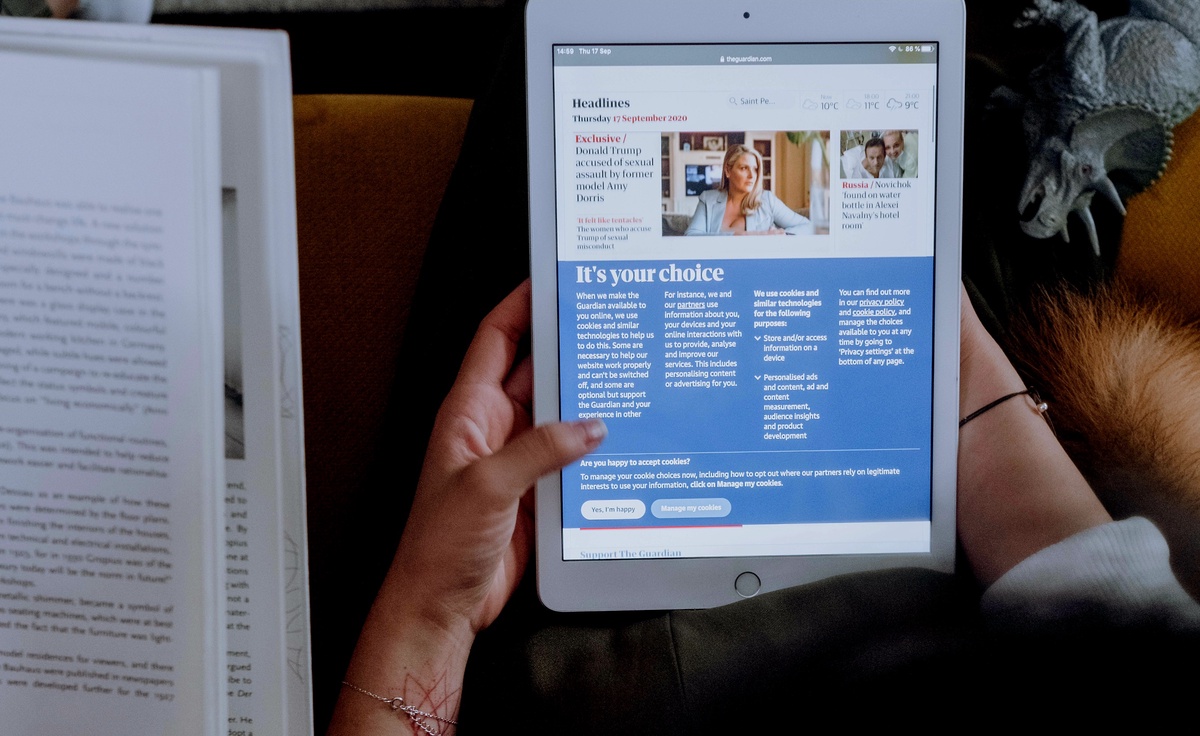In the annals of time, news has been a steadfast companion, transforming its guise with the evolution of human communication. Once tethered to the tangible pages of newspapers and the rhythmic churn of printing presses, news has donned a digital cloak in the 21st century. The dichotomy between old and new forms of news is not merely a shift in delivery method; it's a narrative of adaptation, an odyssey from the rustle of broadsheets to the glow of screens. As we embark on this exploration, we peel back the layers of time and technology, unveiling the profound impact on how we perceive, consume, and engage with the stories that shape our world.
The Ink-Stained Chronicles
Before the era of 24/7 news cycles and real-time updates, the morning ritual for many involved the unfurling of a newspaper, the scent of ink mingling with the aroma of fresh coffee. Those broadsheets held the pulse of the world, chronicling events with a measured cadence. The ink-stained chronicles were more than a collection of articles; they were time capsules, freezing moments in history between their folded pages.
The tangible weight of a newspaper was not just a physical presence; it carried the gravitas of the journalistic process, from the reporter's typewriter to the printing press's symphony. In those days, news consumption was an unhurried affair.
Readers lingered over articles, pondered editorials, and waited for the next day's edition to continue the narrative. The tactile connection to newsprint forged a bond between the reader and the unfolding stories, an intimacy that would undergo a profound transformation in the digital era.
The Digital Metamorphosis
Enter the pixelated realm, where the rustle of paper has been replaced by the tap of fingertips on screens. The digital metamorphosis of news has ushered in an era of immediacy, where updates arrive in seconds and stories evolve in real-time.
The transition from print to pixel has democratized information, making news accessible to a global audience at the click of a button. Yet, with this democratization comes the challenge of discerning fact from fiction in the vast expanse of the digital landscape.
Social media platforms, once hailed as heralds of connectivity, have become battlegrounds for information and misinformation. The algorithmic curation of news feeds shapes perspectives, creating echo chambers that resonate with pre-existing beliefs. In this era of digital interconnectedness, the very immediacy that defines it also poses a threat to the depth and nuance of storytelling.
The brevity of tweets and the scrollable nature of timelines have turned news into bite-sized consumption, a far cry from the deliberate perusal of traditional print.
The Human Element: Reporting in the Old and New Era
In the ink-stained chronicles, reporters were the architects of narratives, traversing physical landscapes to gather stories. Their bylines carried the weight of credibility, built over years of investigative journalism and trust. In the digital age, the landscape has expanded to include citizen journalists armed with smartphones, offering a frontline perspective on unfolding events. The immediacy of citizen reporting has undeniably enriched the news ecosystem, providing diverse voices and alternative angles.
However, it also poses challenges in terms of verification and accountability. The human element in reporting has undergone a transformation. While traditional journalists navigated the ethical labyrinth of fact-checking and source verification, the speed of digital reporting sometimes sacrifices these essential tenets.
The race to be the first to break a story can overshadow the necessity of being accurate, leading to retractions and corrections that echo in the digital canyon.
Navigating the Sea of Information
In the age of print, the sea of information was more contained, anchored by editorial oversight and journalistic integrity. Today, the sea has expanded into an ocean of user-generated content, where waves of information ebb and flow with unpredictable force.
Navigating this vast expanse requires not only digital literacy but also a discerning eye for misinformation. The responsibility of curating one's news diet has shifted from editors to individuals, raising questions about the potential for information bubbles and the erosion of a shared reality.
As we unravel the evolution of news from print to pixel, it becomes evident that each era brings its own set of challenges and opportunities. The ink-stained chronicles and the digital age are not adversaries but chapters in a continuing narrative. The question that lingers is not which form is superior but how we, as consumers of news, can adapt to the changing tides without losing the essence of informed and thoughtful engagement.
Bottom Line
In this unfolding story, the pixels on our screens carry the weight of responsibility — the responsibility to uphold the principles of journalism, to foster an informed citizenry, and to bridge the gap between the immediacy of the present and the enduring relevance of the stories we tell. The evolution of news is not a departure from its roots but a continuation, a testament to our collective need to bear witness to the world's unfolding drama, whether in the tactile embrace of newsprint or the luminous glow of pixels.


No comments yet